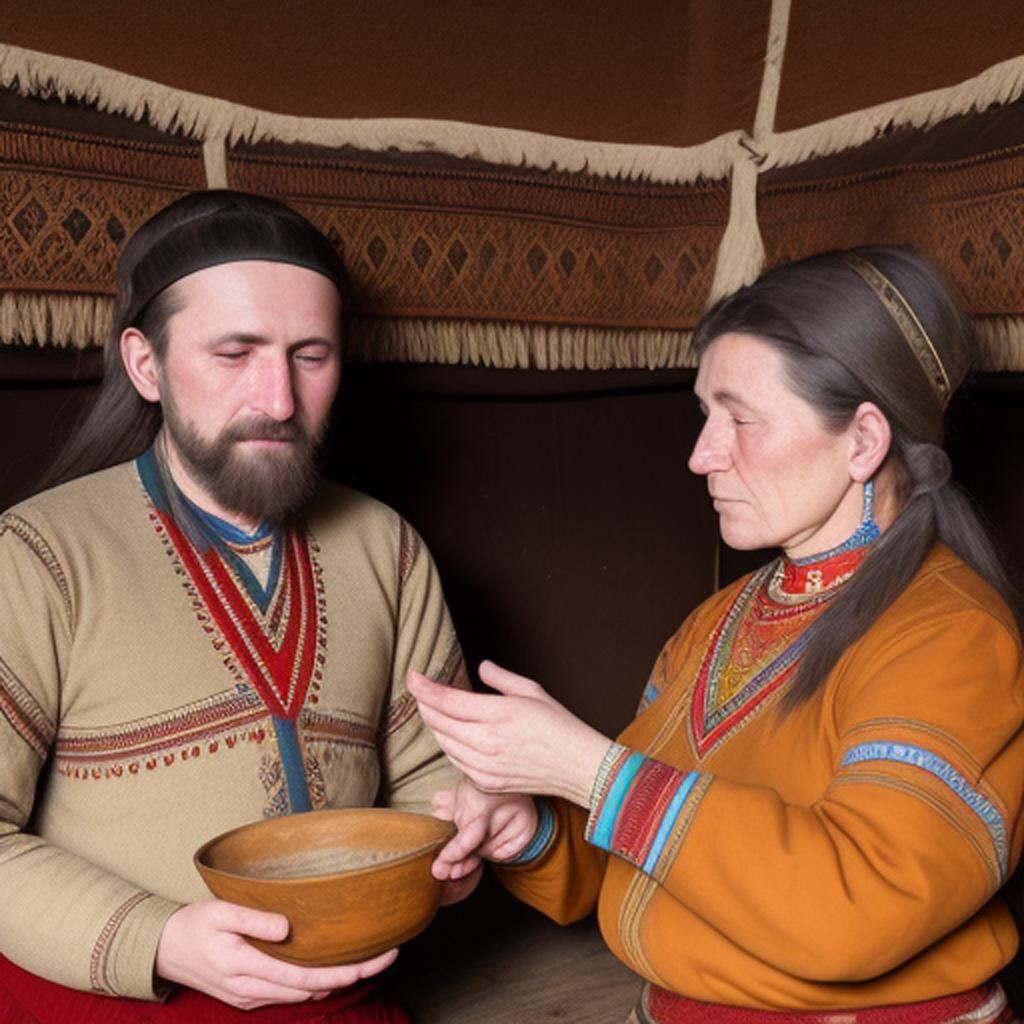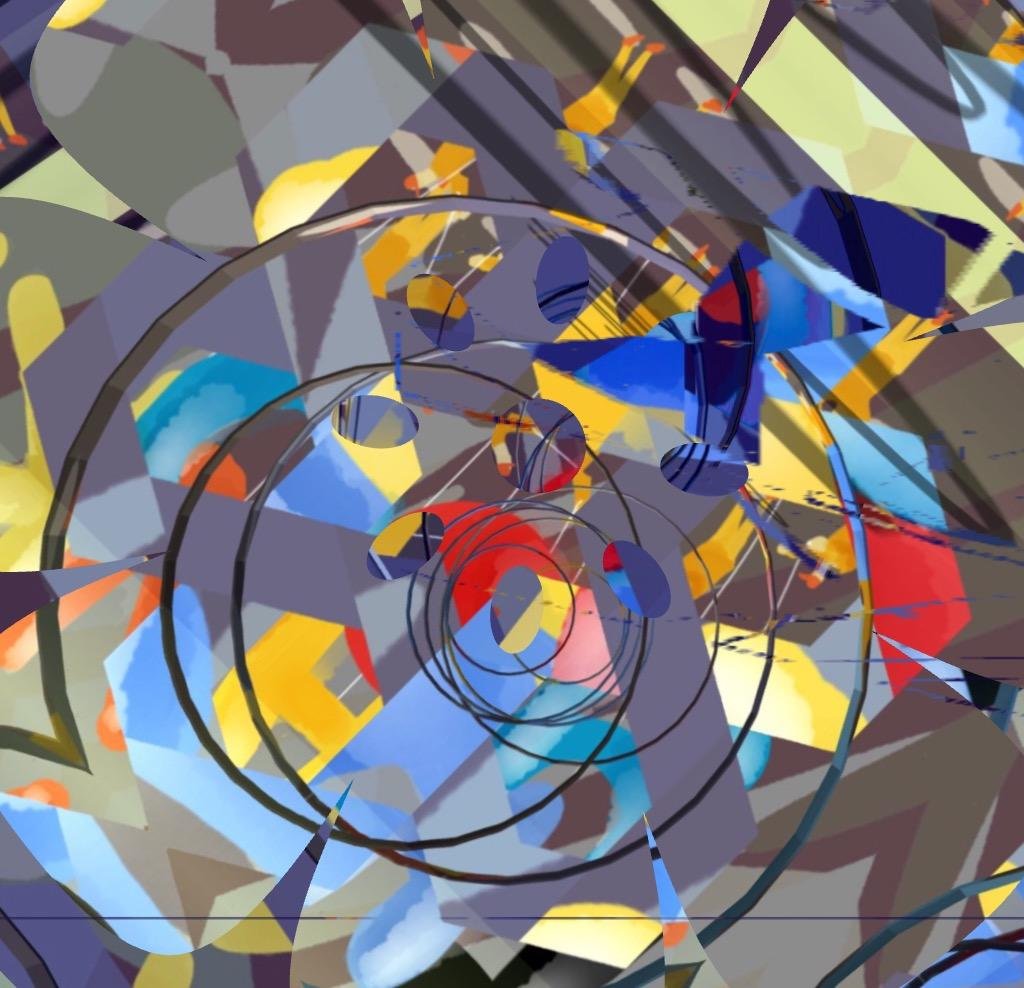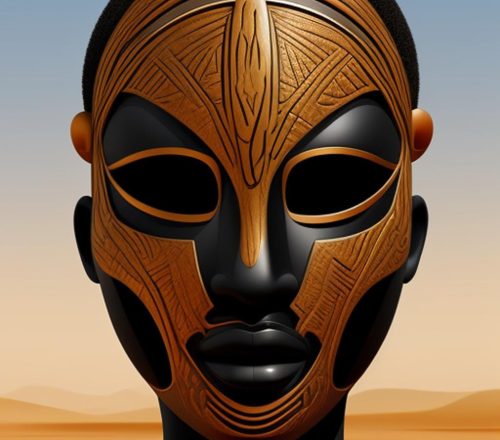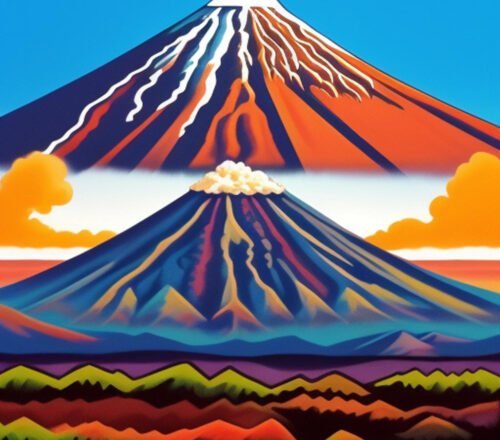
Table of Contents
The discovery of the Pazyryk tombs
The discovery of the Pazyryk tombs has provided a wealth of knowledge about the culture’s burial practices, beliefs, and material culture. These frozen tombs, preserved by the permafrost, have provided archaeologists with invaluable insights into the lives of the Pazyryk people.
Preservation and Excavation
The exceptional preservation of the Pazyryk tombs is a testament to the harsh Siberian environment. The permafrost acted as a natural freezer, ensuring that the burial chambers remained intact over the centuries. This fortunate circumstance allowed archaeologists to unearth an astonishing array of artifacts and mummified remains in an exceptionally well-preserved state.
Elaborate Coffins
The Pazyryk tombs feature elaborately crafted coffins made of wood, showcasing the advanced woodworking skills of the culture. These coffins were often adorned with intricate carvings, depicting various scenes from daily life, mythological creatures, and symbols of power and status. The craftsmanship and attention to detail exhibited in these coffins reflect the cultural significance placed on the burial process.
Mummies and Their Clothing
The mummies found within the Pazyryk tombs have captivated researchers with their remarkable preservation. The frozen conditions have allowed for the conservation of not only the bodies but also the clothing and personal belongings of the deceased. The clothing found on the mummies includes intricately woven textiles, felt garments, and ornate jewelry. These artifacts provide valuable insights into the clothing styles, weaving techniques, and the social status of the individuals buried.
Grave Goods and Burial Offerings
The Pazyryk tombs were richly furnished with a wide array of grave goods and burial offerings, emphasizing the belief in an afterlife and the importance of material possessions. These grave goods include weapons, such as swords and bows, as well as tools, household items, and intricately decorated horse trappings. Additionally, food and drink, such as meat, fruits, and fermented beverages, were placed in the tombs to sustain the deceased in the afterlife.
Rituals and Beliefs
The contents of the tombs shed light on the spiritual and ritualistic beliefs of the Pazyryk people. The inclusion of shamanic paraphernalia, such as drums, headdresses, and ritual objects, suggests the presence of shamanic practices within their funerary rituals. The careful placement of grave goods and the attention to detail in the tomb construction indicate a belief in the continuity of life beyond death and the importance of ensuring a comfortable afterlife for the deceased.
Symbolism and Cultural Significance
The objects found within the tombs hold symbolic meanings that reveal aspects of the Pazyryk culture. Animal motifs, such as depictions of deer, horses, and mythical creatures, are prevalent in the artwork and grave goods, hinting at their reverence for nature and their close relationship with animals. The inclusion of mirrors, believed to be portals to the spiritual realm, further highlights the spiritual and ritual significance of the tombs.
The discovery of the Pazyryk tombs has not only deepened our understanding of their burial customs but has also provided a window into their daily lives, beliefs, and artistic achievements. The remarkable preservation of these tombs continues to offer a unique glimpse into the distant past, enabling us to unravel the mysteries of the Pazyryk culture and appreciate their cultural contributions.
The intricate carvings found on the coffins within the Pazyryk tombs
The intricate carvings found on the coffins within the Pazyryk tombs offer a fascinating glimpse into the artistic expression and cultural significance of the Pazyryk people. These carvings depict a wide range of subjects, including scenes from daily life, mythological creatures, and symbols of power and status.
Scenes from Daily Life
The carvings on the coffins often depict scenes that reflect the everyday activities and occupations of the Pazyryk people. These scenes may include hunting scenes, herding of animals, nomadic camp life, and domestic activities. Through these carvings, we gain insights into their reliance on hunting and herding, the importance of communal living, and their interactions with the natural environment.
Mythological Creatures and Deities
Mythological creatures and deities frequently appear in the carvings, indicating the Pazyryk people’s belief in a rich and diverse spiritual realm. These carvings may feature fantastical creatures such as winged animals, hybrid beings, and zoomorphic figures. They likely held symbolic meanings related to their cosmology and spiritual beliefs, potentially representing guardian spirits, divine protectors, or mythical beings from their folklore and mythology.
Symbols of Power and Status
The carvings on the coffins also exhibit symbols of power and status, reflecting the social hierarchy within the Pazyryk culture. These symbols may include elaborate headdresses, regalia, and weapons associated with tribal leaders or individuals of high rank. The inclusion of such symbols on the coffins suggests the importance of social standing and the desire to convey prestige even in the afterlife.
Nature and Sacred Landscapes
The carvings often depict elements of the natural world, emphasizing the Pazyryk people’s close relationship with their environment. These carvings may include representations of animals, trees, rivers, and mountains, symbolizing the sacredness of the land and the interconnectedness of humans and nature in their worldview. They reflect a deep reverence for the natural world and the belief in the spiritual significance of natural elements.
Ornamental Patterns and Geometric Designs
In addition to figurative carvings, the coffins may also feature intricate ornamental patterns and geometric designs. These designs showcase the Pazyryk people’s mastery of artistic techniques and their appreciation for intricate craftsmanship. The repetition of patterns and geometric motifs may hold symbolic meanings, representing concepts such as infinity, balance, or the cyclical nature of life and death.
The carvings on the Pazyryk coffins not only exhibit remarkable artistic skill but also provide valuable cultural insights. They reflect the Pazyryk people’s beliefs, social structure, and their intimate connection with nature and the spiritual realm. Through the interpretation of these carvings, we can gain a deeper understanding of the cultural and religious practices that shaped the Pazyryk civilization.
Thank you for reading, shares and comments!
✨ Comment Policy ✨
We welcome thoughtful, kind, and constructive comments that contribute to meaningful conversations.
Please note:
- Promotional links and unsolicited offers will be removed.
- Spam, irrelevant content, or self-promotion without prior permission will not be published.
- We value quality engagement over quantity — thank you for helping us keep this a respectful and inspiring space!
Sources openai Language models, aitrot, picsart and mib
Take time to learn
Invest in your future
Embark on a journey into the realm of affiliate marketing and craft your own website within a vibrant, supportive community. Join me in this adventure, where you can begin as a free starter and stay as long as you desire. Enjoy complimentary hosting and foundational teachings to set you on your path. For those with advanced skills, opportunities to elevate your expertise await. Take a moment to explore and witness the magic for yourself!




